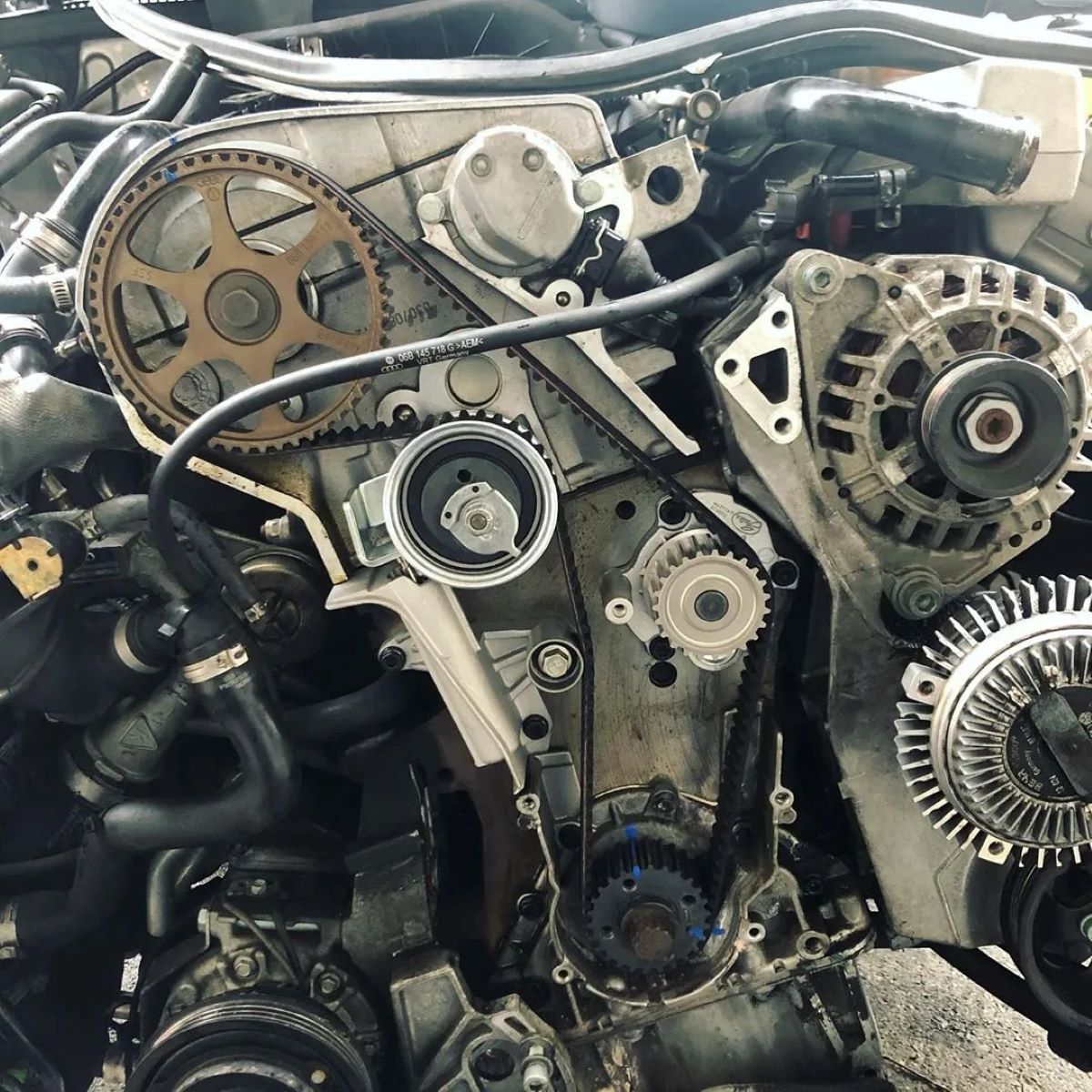

Articles
When To Replace Water Pump And Timing Belt
Modified: February 27, 2024
Learn when it's time to replace your water pump and timing belt. Read informative articles on how to maintain and replace them for optimal engine performance.
(Many of the links in this article redirect to a specific reviewed product. Your purchase of these products through affiliate links helps to generate commission for Storables.com, at no extra cost. Learn more)
Introduction
The water pump and timing belt are critical components of a vehicle’s engine system. They play a vital role in maintaining the proper functioning and performance of the engine. Over time, these parts can wear out and develop issues that may require replacement.
In this article, we will discuss the signs of a failing water pump and timing belt, the importance of replacing them in a timely manner, factors to consider when deciding to replace, recommended replacement intervals, and the steps involved in replacing them.
Understanding when it is necessary to replace the water pump and timing belt is crucial for maintaining the longevity and reliability of your vehicle. By knowing the warning signs and taking the appropriate action, you can avoid costly repairs and potential engine damage.
So, let’s dive in and explore everything you need to know about when to replace the water pump and timing belt.
Key Takeaways:
- Timely replacement of water pump and timing belt prevents engine damage, overheating, and failure. Recognize signs and follow manufacturer’s guidelines for a reliable and efficient vehicle engine.
- Carefully consider age, mileage, driving conditions, and maintenance history when deciding to replace water pump and timing belt. Seek professional assistance for a complex replacement process to ensure engine longevity.
Signs of a Failing Water Pump and Timing Belt
Recognizing the early warning signs of a failing water pump and timing belt is key to preventing major engine damage. Here are some common signs that indicate these components may be nearing the end of their lifespan:
- Coolant leakage: One of the most noticeable signs of a failing water pump is coolant leakage. If you notice puddles of coolant under your vehicle or constant low coolant levels, it may indicate a leaking water pump.
- Overheating engine: A failing water pump can result in inadequate coolant circulation, leading to engine overheating. If your engine temperature gauge rises abnormally or you see steam coming from under the hood, it is a clear indication of a potential water pump problem.
- Unusual noise: A squeaking, whining, or grinding noise coming from the engine area can be a sign of a failing water pump or timing belt. These noises often occur due to worn-out bearings or misalignment.
- Visible belt damage: Inspect the timing belt for any visible signs of damage such as cracking, fraying, or missing teeth. If the timing belt is compromised, it can lead to engine misfires or even complete engine failure.
- Engine misfire: A worn-out timing belt can cause engine misfires or poor performance. If you experience a lack of power, rough idling, or frequent stalling, it’s important to have the timing belt checked.
It’s worth noting that these signs may not always indicate a failing water pump or timing belt, as some symptoms can be caused by other issues. However, if you observe multiple signs or are unsure about the condition of these components, it is advisable to have your vehicle inspected by a qualified mechanic.
Remember, addressing potential problems early can save you from more extensive and costly repairs down the road.
Importance of Replacing a Failing Water Pump and Timing Belt
Replacing a failing water pump and timing belt is crucial to the overall health and reliability of your vehicle’s engine. Here are some key reasons why it is important to address these issues in a timely manner:
- Prevents engine overheating: The water pump is responsible for circulating coolant throughout the engine to regulate operating temperature. If the water pump fails, it can lead to insufficient coolant flow, causing the engine to overheat. Replacing a faulty water pump can prevent potential engine damage due to overheating.
- Ensures proper timing and synchronization: The timing belt plays a critical role in synchronizing the movement of the engine’s valves and pistons. If the timing belt becomes worn or breaks, it can cause the valves and pistons to collide, leading to severe engine damage. Replacing the timing belt at the recommended intervals ensures the proper timing and synchronization of engine components.
- Reduces the risk of engine failure: A failing water pump or timing belt can result in engine failure, leaving you stranded on the road. By replacing these components before they completely fail, you can avoid the inconvenience, cost, and potential damage associated with sudden engine failure.
- Improves fuel efficiency: A properly functioning water pump and timing belt contribute to optimal engine performance and fuel efficiency. If these components are worn or malfunctioning, engine efficiency can be compromised, leading to increased fuel consumption. Replacing them can help restore and maintain fuel efficiency.
- Prolongs the life of engine components: By regularly replacing the water pump and timing belt, you can prevent stress on other engine components. This can extend the lifespan of ancillary parts such as the tensioner, pulleys, and seals, resulting in fewer repairs and longer engine durability.
It is important to note that the lifespan of a water pump and timing belt may vary depending on the vehicle make and model, as well as driving conditions. As a general rule, it is recommended to follow the manufacturer’s guidelines for replacement intervals and have these components inspected regularly by a qualified mechanic.
By proactively replacing a failing water pump and timing belt, you can ensure the continued performance, reliability, and longevity of your vehicle’s engine.
Factors to Consider When Deciding to Replace
When it comes to deciding whether to replace a failing water pump and timing belt, several factors should be taken into consideration:
- Age and mileage: The age and mileage of your vehicle are important factors in determining whether to replace these components. Generally, water pumps and timing belts have recommended replacement intervals, typically ranging from 60,000 to 100,000 miles or every 5 to 7 years. If your vehicle has reached or exceeded these intervals, it is advisable to replace them as a preventative measure.
- Visual inspection: Performing a visual inspection of the water pump and timing belt can provide valuable insights into their condition. Check for signs of leaks, cracks, missing teeth, or excessive wear. If you notice any visible damage or signs of impending failure, it is best to replace them promptly.
- Manufacturer’s recommendations: Consult your vehicle’s manufacturer guidelines for the recommended replacement intervals for water pumps and timing belts. Following these recommendations can help prevent potential issues and ensure optimal engine performance.
- Driving conditions: Consider the driving conditions your vehicle is subjected to. If you frequently drive in extreme temperatures, such as hot summers or cold winters, the wear and tear on the water pump and timing belt may be accelerated. In such cases, it is advisable to replace these components earlier than the recommended intervals.
- Previous maintenance history: Take into account the previous maintenance history of your vehicle. If the water pump or timing belt has been replaced recently, you may have more time before they need replacement again. However, if it has been a long time since their last replacement or if there are any indications of issues, it is better to be proactive and replace them.
It is important to note that these factors are general guidelines and may vary depending on the specific make and model of your vehicle. Consulting with a qualified mechanic or referring to your vehicle’s owner’s manual can provide more precise recommendations for replacement intervals.
By considering these factors and taking appropriate action, you can make an informed decision regarding the replacement of a failing water pump and timing belt, ensuring the continued reliability and performance of your vehicle’s engine.
Replace your water pump and timing belt according to the manufacturer’s recommended schedule, typically between 60,000 and 100,000 miles. Regular maintenance can prevent costly repairs.
Recommended Replacement Intervals for Water Pump and Timing Belt
The replacement intervals for water pumps and timing belts can vary depending on the make and model of your vehicle, as well as the driving conditions it is exposed to. However, there are general recommendations that can serve as a guideline for when to replace these components:
- Water Pump: Most manufacturers recommend replacing the water pump every 60,000 to 90,000 miles or every 5 to 7 years, whichever comes first. It is important to note that some vehicles may have a water pump that is driven by the timing belt, in which case it is usually replaced at the same time as the timing belt.
- Timing Belt: The recommended replacement interval for timing belts varies depending on the specific vehicle and engine. In general, it is advisable to replace the timing belt between 60,000 and 100,000 miles or every 5 to 7 years. Manufacturers may have specific recommendations, so referring to the owner’s manual or consulting with a mechanic is crucial to determine the precise interval for your vehicle.
- Interference Engines: It’s worth noting that some engines are classified as interference engines. In these engines, if the timing belt snaps or slips, the valves and pistons can collide, resulting in severe engine damage. For vehicles with interference engines, it is even more critical to adhere to the recommended replacement intervals for the timing belt to prevent potentially catastrophic engine failure.
- Driving Conditions: It is important to consider the driving conditions your vehicle is subjected to. If you regularly drive in extreme temperatures, such as hot climates or consistently harsh winter conditions, it may be advisable to replace the water pump and timing belt earlier than the recommended intervals. These extreme conditions can place additional stress on these components, shortening their lifespan.
- Maintenance History: If the water pump or timing belt has been replaced recently, you may have more time before they require replacement again. However, it is important to keep track of the replacement dates and intervals to ensure they are not neglected.
It is worth emphasizing that these are general recommendations, and it is essential to consult your vehicle’s owner’s manual or seek advice from a qualified mechanic for the specific replacement intervals for your vehicle. By adhering to these recommendations, you can ensure the proper functioning and longevity of your vehicle’s engine, minimizing the risk of unexpected failures.
Steps to Replace a Water Pump and Timing Belt
Replacing a water pump and timing belt requires precision and careful attention to detail. While the exact steps may vary depending on the specific vehicle make and model, here is a general overview of the process involved:
- Gather the necessary tools: Before starting, gather all the tools and equipment required for the job. This may include a socket set, wrenches, screwdrivers, a timing belt tensioner tool, and a new water pump and timing belt.
- Prepare the vehicle: Park the vehicle on a flat and stable surface, engage the parking brake, and disconnect the negative terminal of the battery to ensure safety during the repair process.
- Drain the coolant: Locate the drain plug on the radiator, place a drain pan underneath, and slowly remove the plug to drain the coolant. Be cautious as the coolant may still be hot. Dispose of the coolant properly according to local regulations.
- Remove auxiliary components: Depending on the vehicle, you may need to remove certain components such as the fan, belts, and other accessories to gain access to the water pump and timing belt.
- Remove the timing belt cover: Carefully remove the timing belt cover, paying attention to any bolts or clips securing it in place. Set the cover aside safely.
- Replace the timing belt: With the timing belt exposed, release the tension from the belt tensioner and carefully remove the old timing belt. Install the new timing belt according to the manufacturer’s specifications, ensuring proper alignment with the timing marks on the engine components.
- Replace the water pump: Locate the water pump and remove the bolts securing it to the engine. Take note of the position and orientation of the old water pump for reference. Clean the mating surface thoroughly and install the new water pump using a new gasket or seal.
- Reassemble: Reassemble the auxiliary components, ensuring they are properly aligned and tightened. Replace the timing belt cover, making sure it is securely fastened.
- Refill coolant: Refill the cooling system with the recommended coolant, ensuring it reaches the proper level. Be cautious to follow the manufacturer’s specifications and bleed any air pockets from the system if necessary.
- Test the engine: Reconnect the negative battery terminal and start the engine. Check for any leaks, abnormal noises, or warning lights. Allow the engine to warm up and confirm that the temperature remains within the normal range.
It’s important to note that replacing a water pump and timing belt can be a complex task and may require advanced mechanical knowledge. If you are not confident in your ability, it is recommended to seek assistance from a qualified mechanic or automotive professional to ensure the job is done correctly and safely.
Following these steps and taking care during the replacement process will help maintain the performance and longevity of your vehicle’s engine.
Conclusion
Knowing when to replace a water pump and timing belt is essential for the health and reliability of your vehicle’s engine. These components play crucial roles in maintaining proper engine functionality and preventing potentially severe damage.
By recognizing the signs of a failing water pump and timing belt, such as coolant leakage, overheating engine, unusual noises, visible belt damage, and engine misfires, you can take timely action to address the issues and prevent further damage.
Replacing a failing water pump and timing belt is of utmost importance. Doing so can prevent engine overheating, ensure proper timing and synchronization of engine components, reduce the risk of engine failure, improve fuel efficiency, and prolong the life of engine components.
Factors to consider when deciding to replace include the age and mileage of the vehicle, visual inspection, manufacturer’s recommendations, driving conditions, and previous maintenance history. It is crucial to refer to the owner’s manual or seek professional advice for specific replacement intervals.
The process of replacing a water pump and timing belt involves gathering the necessary tools, preparing the vehicle, draining the coolant, removing auxiliary components, replacing the timing belt and water pump, reassembling, refilling coolant, and testing the engine.
It’s important to note that replacing these components requires skill and expertise. If you are not confident in your abilities, it is better to seek assistance from a qualified mechanic who can ensure the job is done correctly and safely.
By following the recommended replacement intervals and taking proactive measures, you can maintain the longevity and performance of your vehicle’s engine, preventing major issues and costly repairs in the future.
Remember, a well-maintained water pump and timing belt contribute to the overall reliability and smooth operation of your vehicle, providing you with peace of mind on every journey.
Frequently Asked Questions about When To Replace Water Pump And Timing Belt
Was this page helpful?
At Storables.com, we guarantee accurate and reliable information. Our content, validated by Expert Board Contributors, is crafted following stringent Editorial Policies. We're committed to providing you with well-researched, expert-backed insights for all your informational needs.
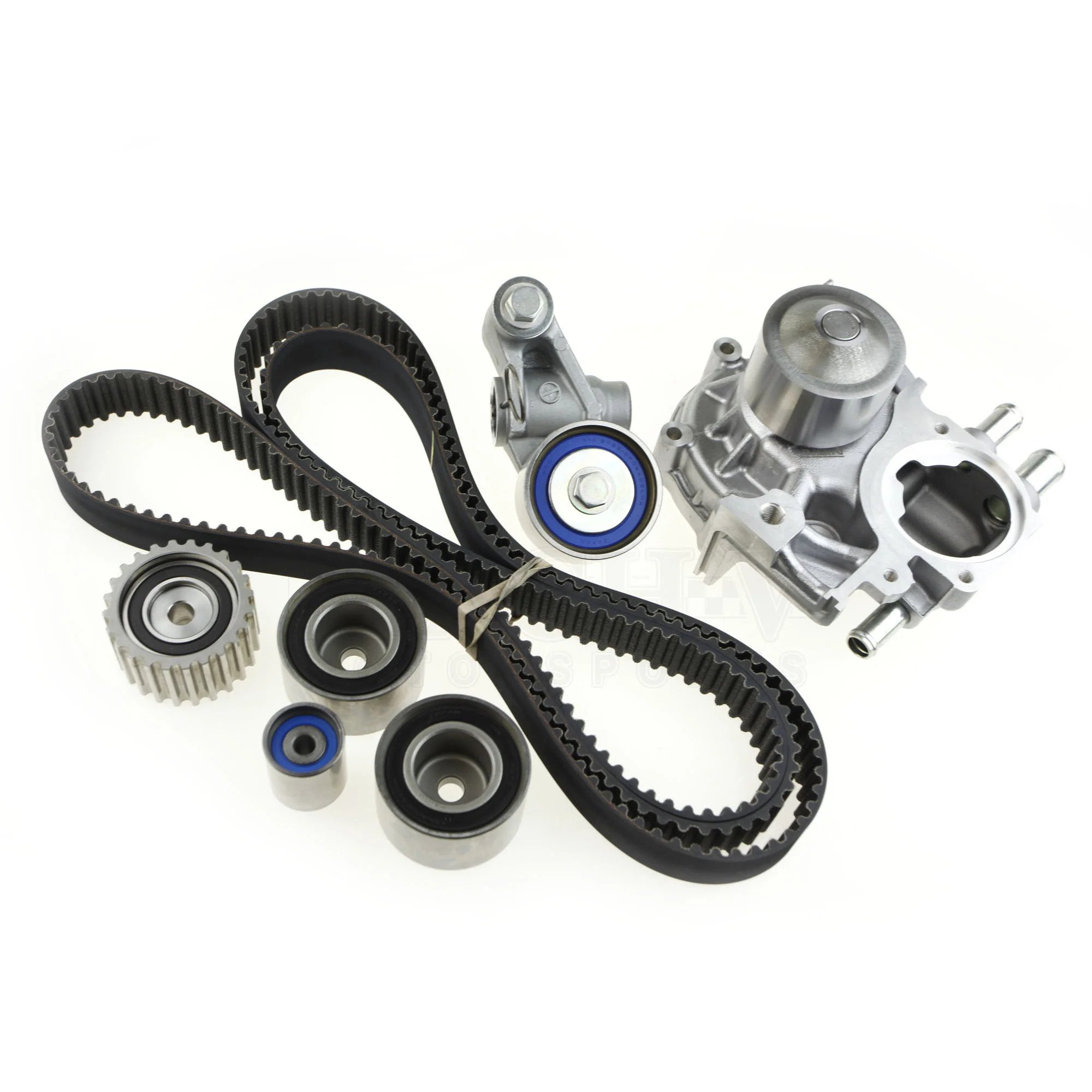
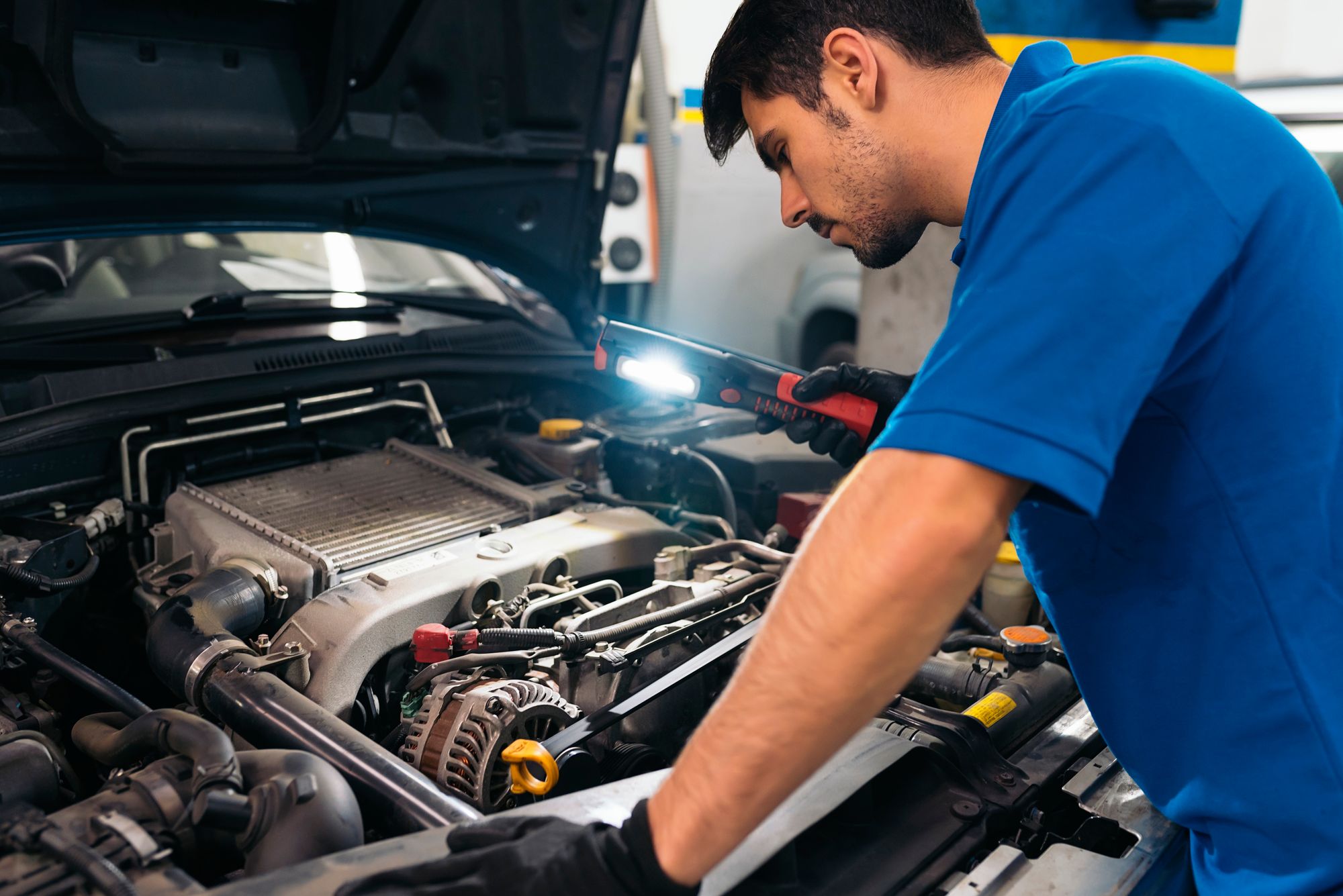
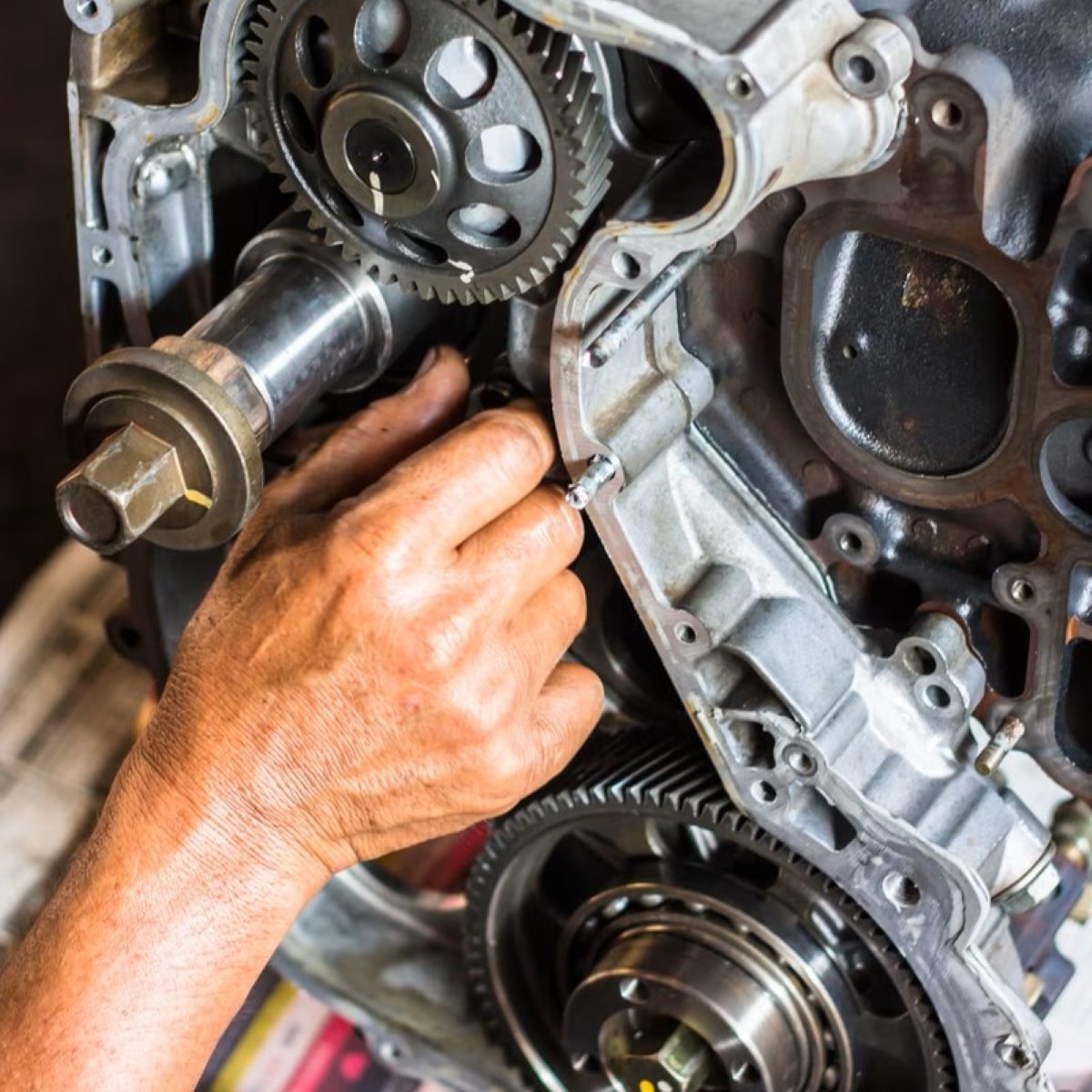
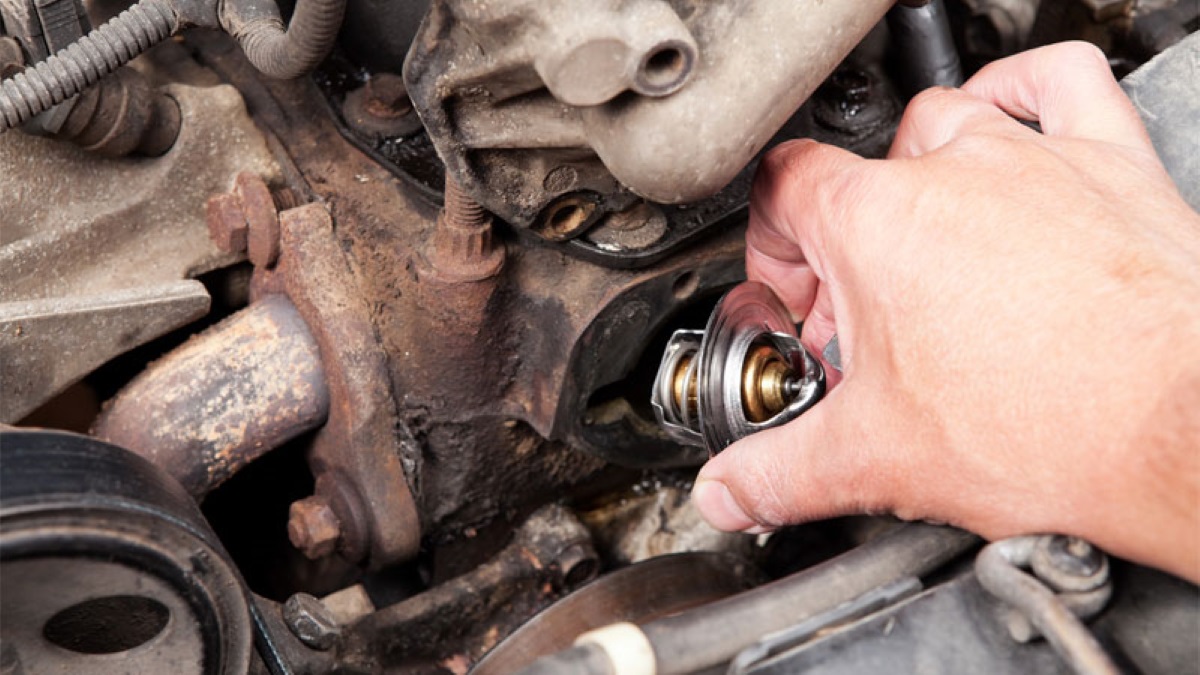
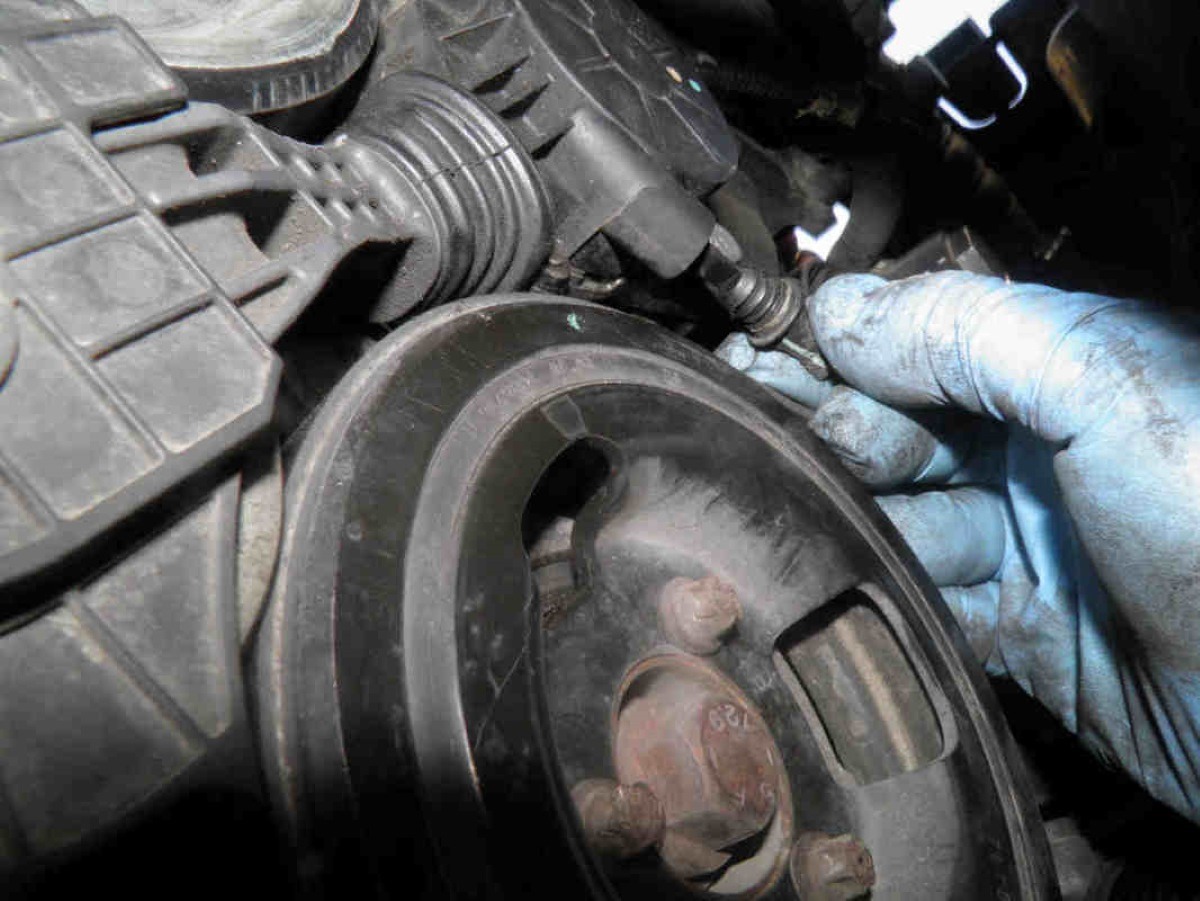
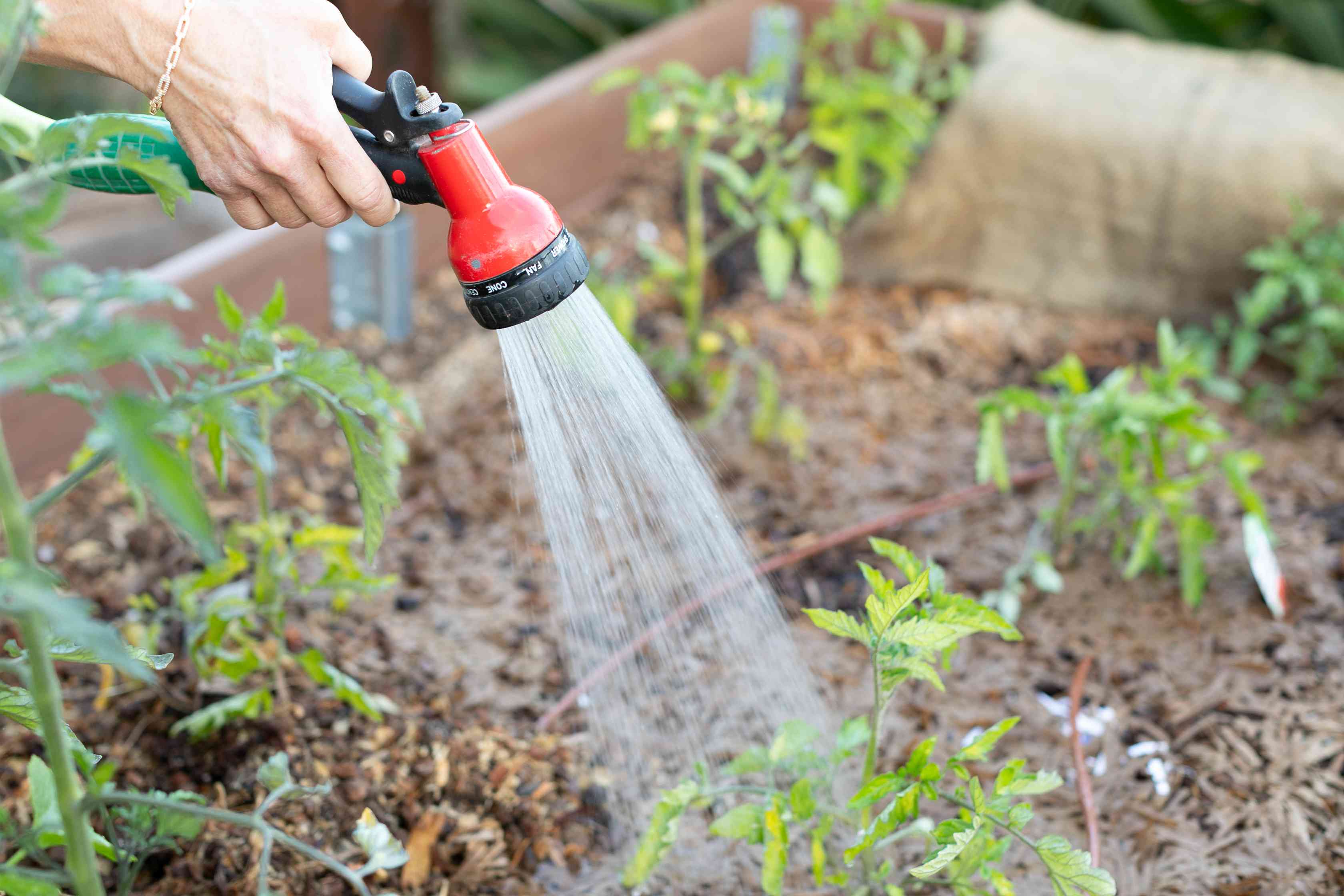
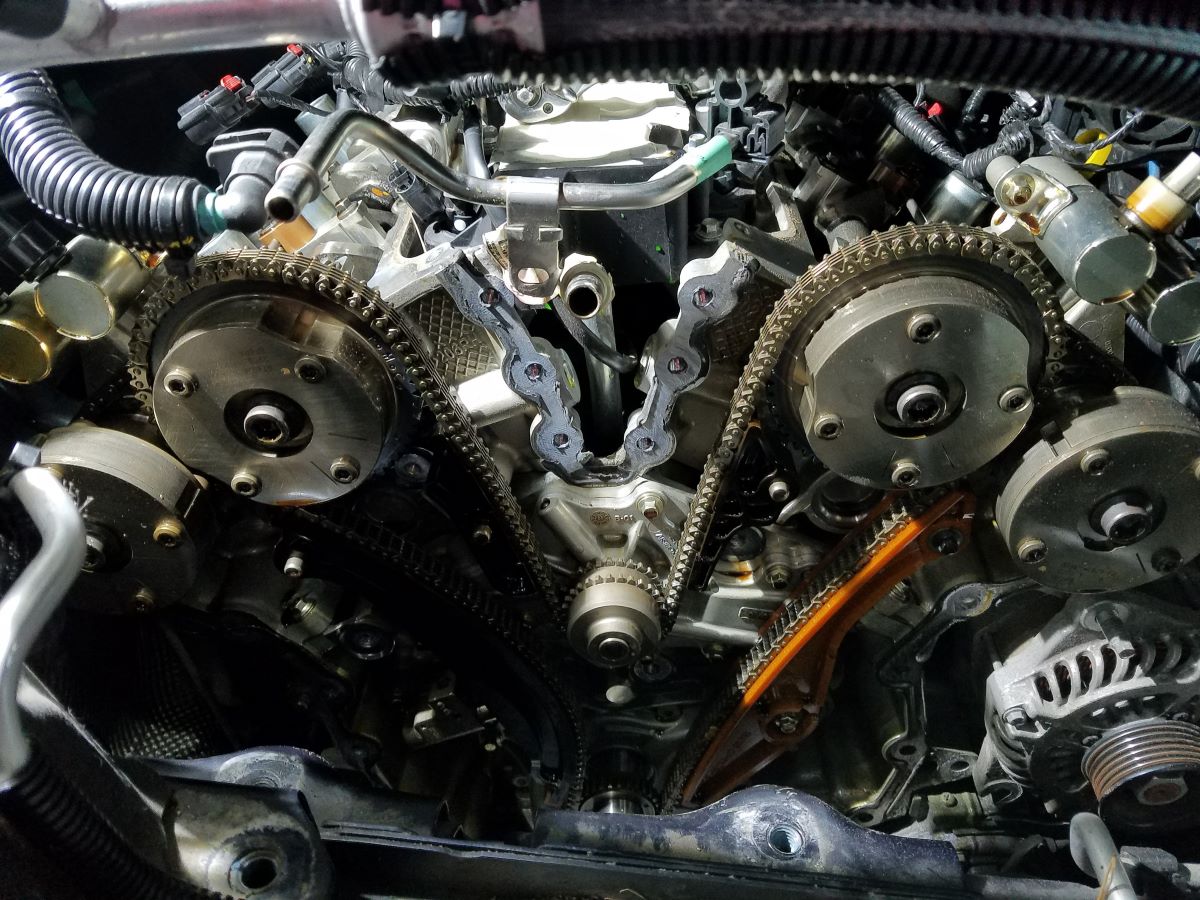

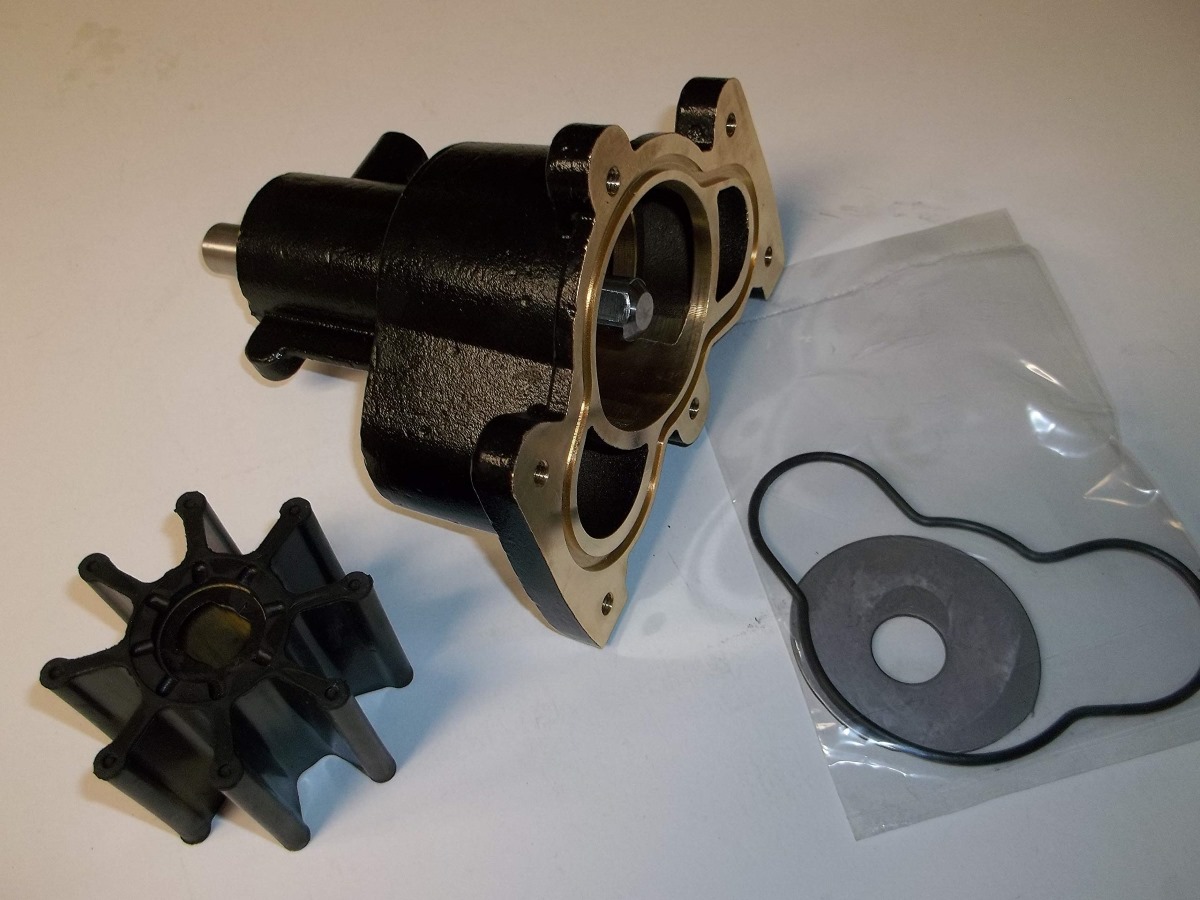
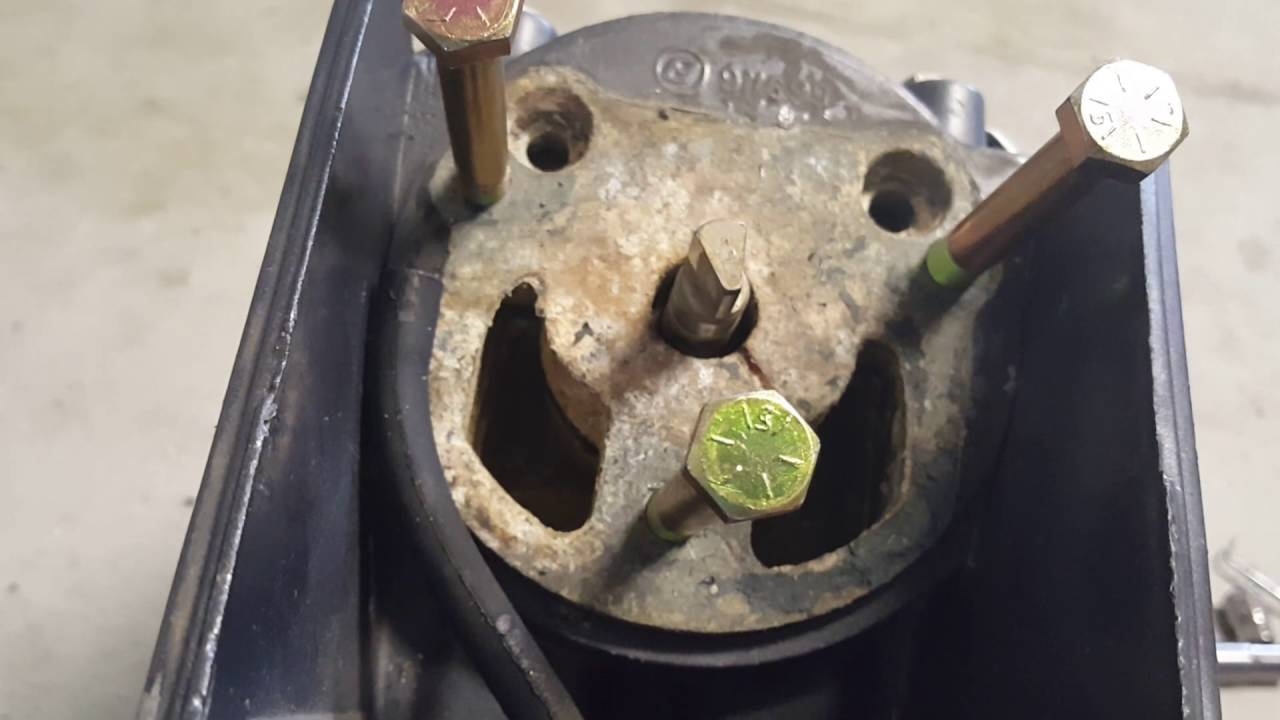
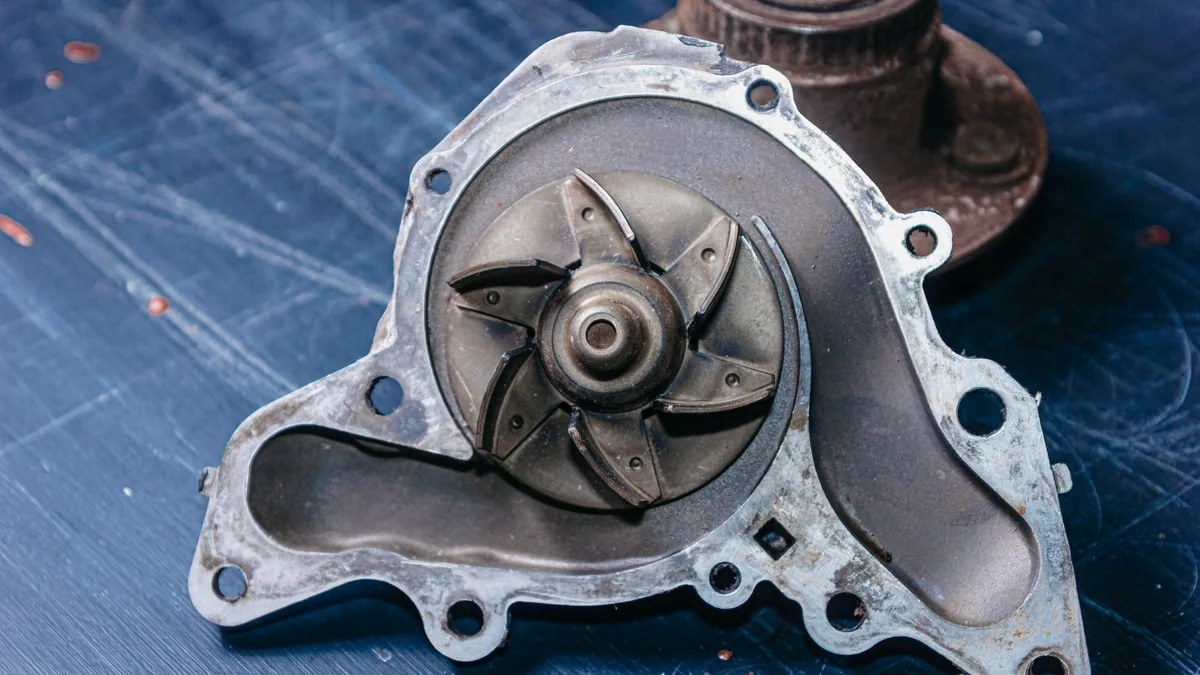
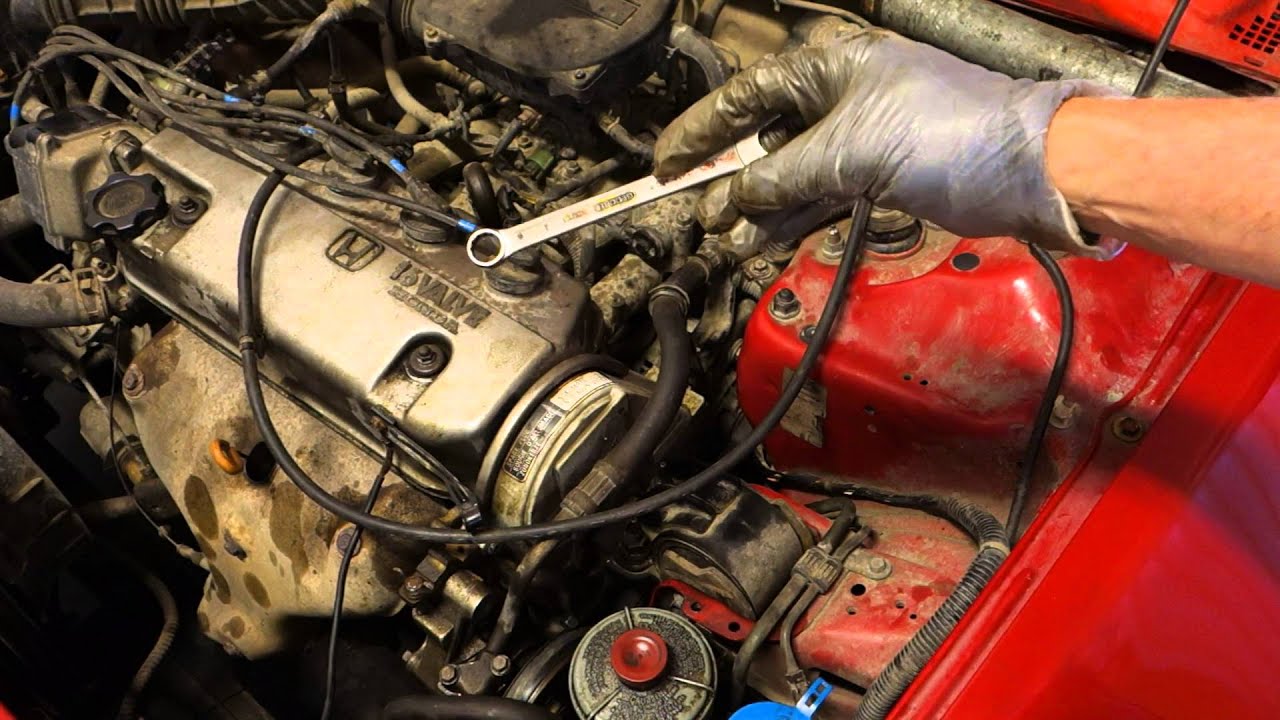
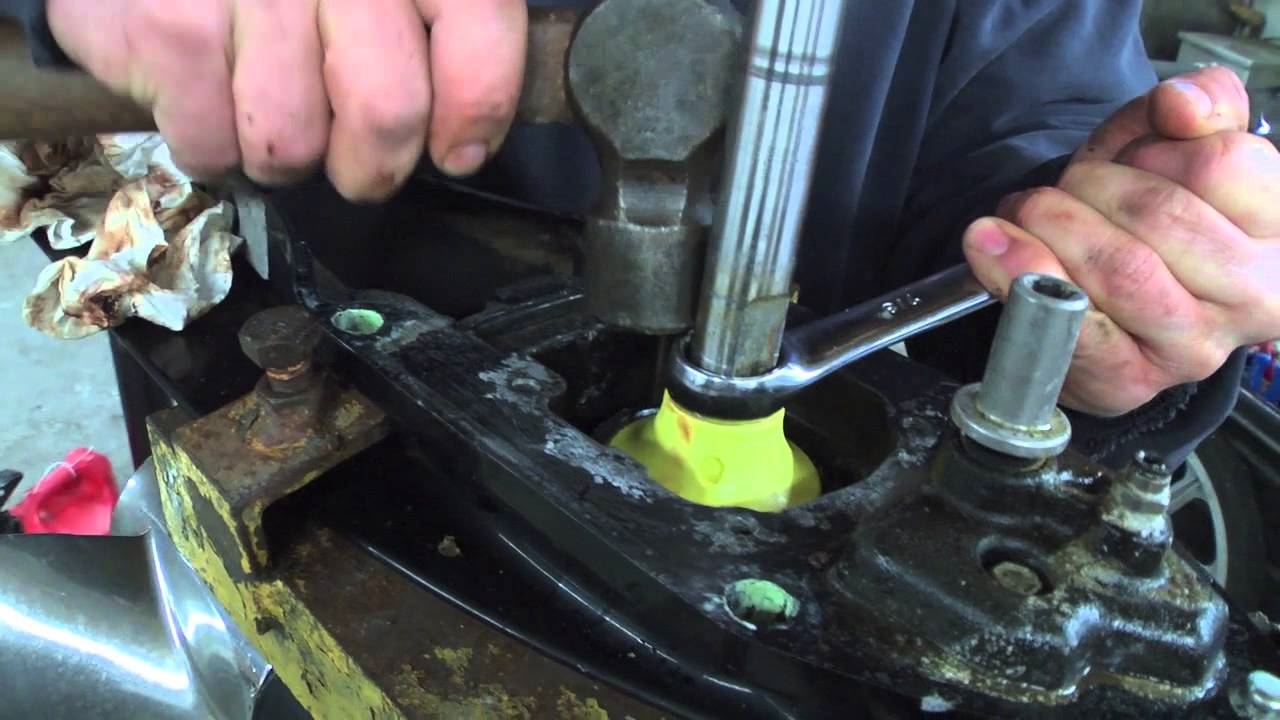
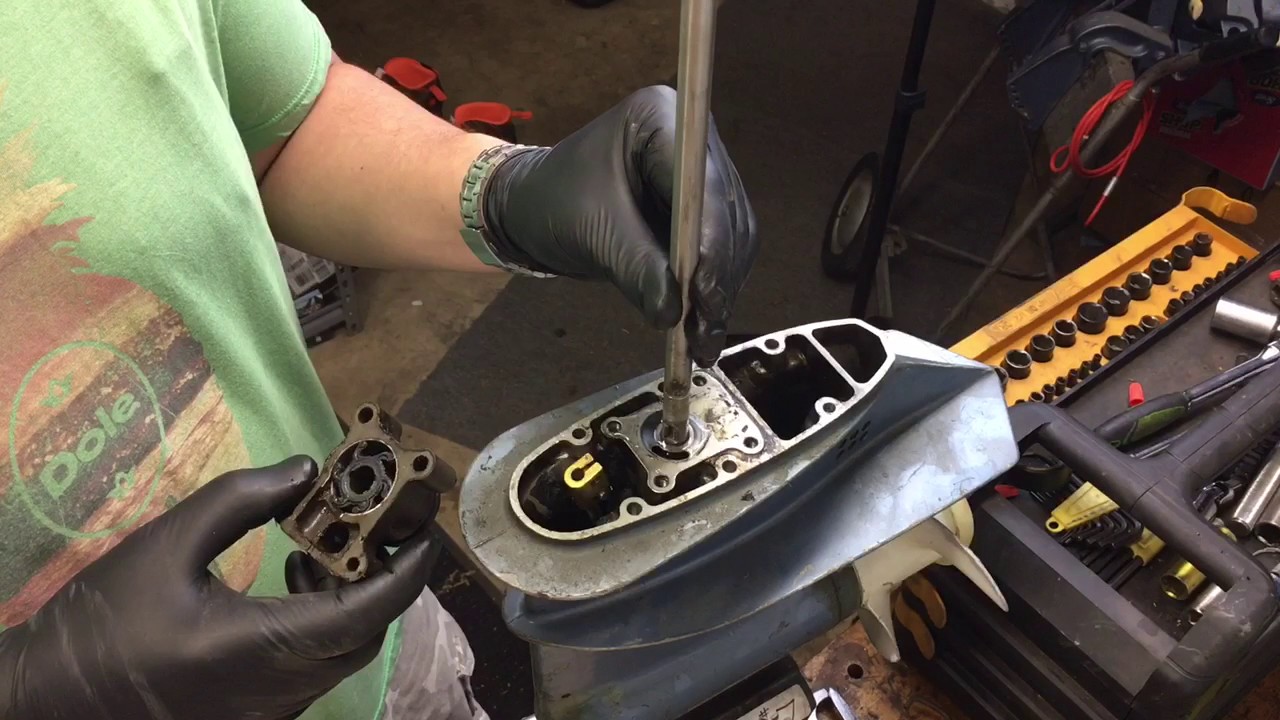

0 thoughts on “When To Replace Water Pump And Timing Belt”